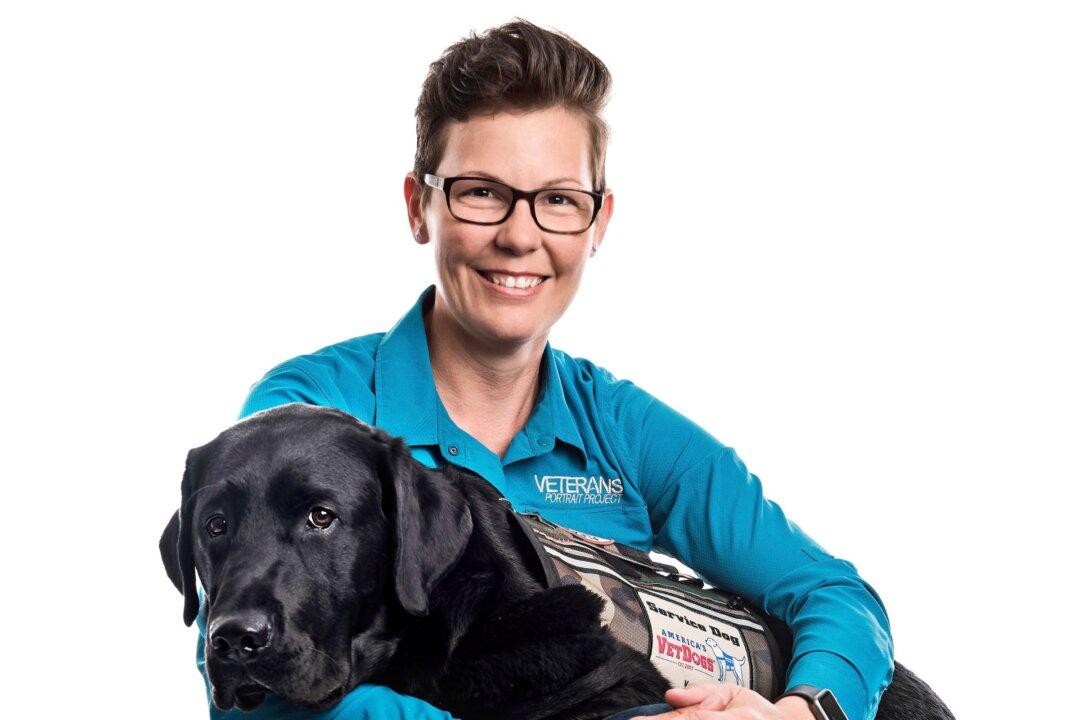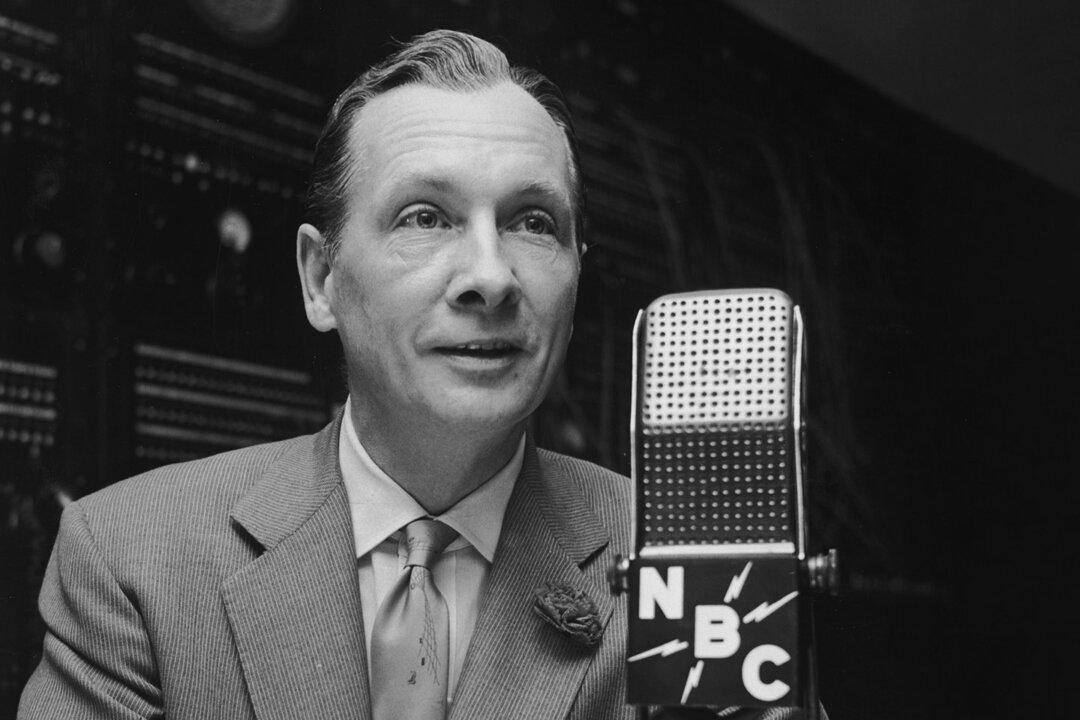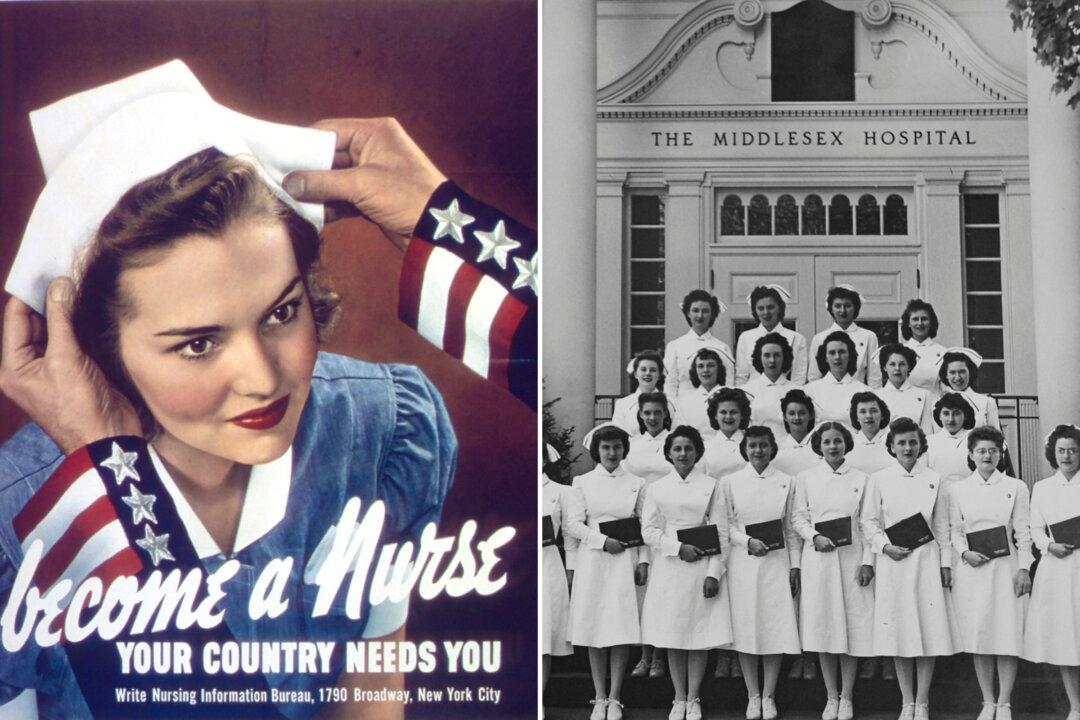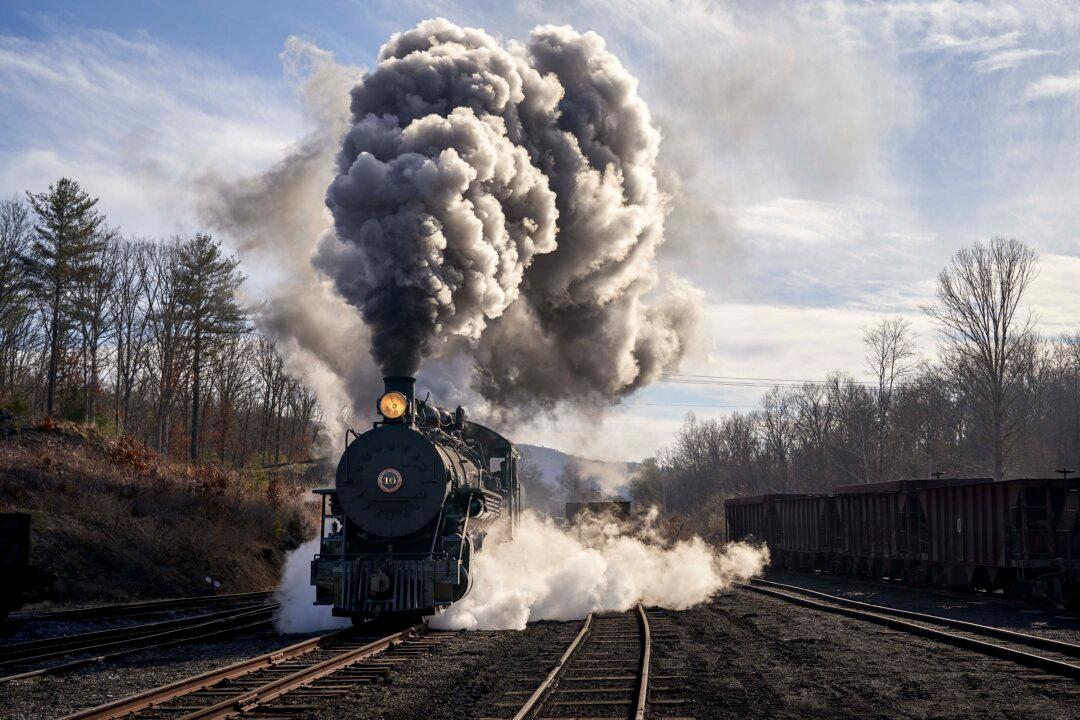Inwardly, former U.S. Air Force Staff Sergeant Stacy Pearsall was seething. Her future seemed like a dead end. In fact, she had pondered suicide not once, but several times. There, sitting in a waiting room at the Ralph H. Johnson VA Medical Center in Charleston, South Carolina, she was convinced the decks were stacked against her.
Four years prior in 2004, Ms. Pearsall had sustained a traumatic brain injury, spine trauma, and a ruptured eardrum after being hit by an improvised explosive device (IED) while deployed in Iraq. “I received out-patient care from a flight doctor, who did a basic triage, gave me Motrin, and released me,” she said. She was back on mission the next day. “My neck pain was explained away as whiplash. My splitting headache was attributed to concussion, which would later be diagnosed as traumatic brain injury.”





